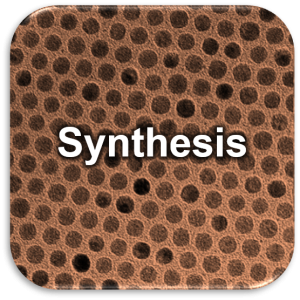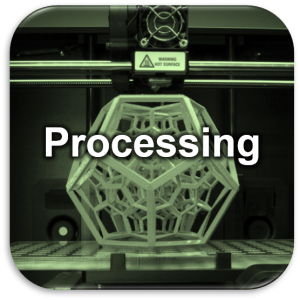FIMDEM Lab.
Functional Inorganic Materials
Design & Manufacturing
Functional Inorganic Materials Design & Manufacturing Lab
The Functional Inorganic Materials Design and Manufacturing Laboratory focuses on the development of novel architectured functional materials through the chemical synthesis of various micro/nanoscale building blocks and their 2D/3D printing processes. To this end, we study chemical strategies to control the physicochemical properties and many-body interactions of individual building blocks, as well as develop techniques for controlling thermal/electrical/mechanical properties through the design of microarchitectures. Ultimately, energy and electronic materials/device applications are being explored.
Research Highlights
Here we present the design strategy for Cu2Se thermoelectric materials for high-temperature power generation using a combination of finite element modelling and 3D printing. The macroscopic geometries and microscopic defects in Cu2Se materials are precisely engineered by optimizing the 3D printing and post-treatment processes...

Herein, we develop a generalised microscale 3D printing method for the production of purely inorganic nanocrystal-based porous materials. Our process is designed to solidify all-inorganic nanocrystals via immediate dispersibility control and surface linking-induced interconnection in the nonsolvent linker bath and thereby creates multibranched gel networks...

Herein, we present a generalized optical 3D printing process for inorganic nanoparticles using maskless digital light processing. We develop a range of photocurable inorganic nanoparticle inks encompassing metals, semiconductors, and oxides, combined with photolinkable ligands and photoacid generators...

Herein, we report a generalised direct optical printing technique to obtain functional metal chalcogenides via digital light processing. We developed universally applicable photocurable chalcogenidometallate inks that could be directly used to create 2D patterns or micrometre-thick 2.5D architectures of various sizes and shapes...

Here we show that microscale 3D thermoelectric architectures can be fabricated through the direct writing of particle-based thermoelectric inks... the characteristics of (Bi,Sb)2(Te,Se)3-based particle inks are engineered to create colloidal inks with high viscoelasticity and without organic binders, and the inks are directly written into complex architectures...

지원 대상
• 박사후 연구원
• 석사, 박사, 석박통합과정 대학원생
• 연구 참여 학부생


